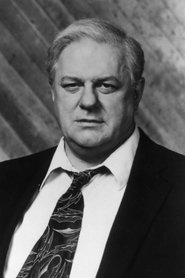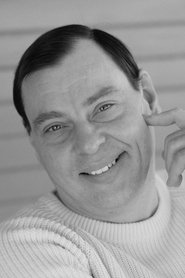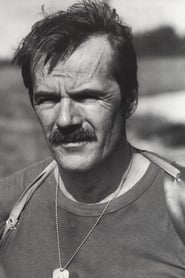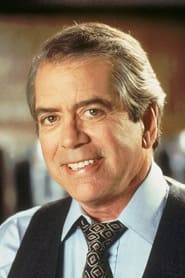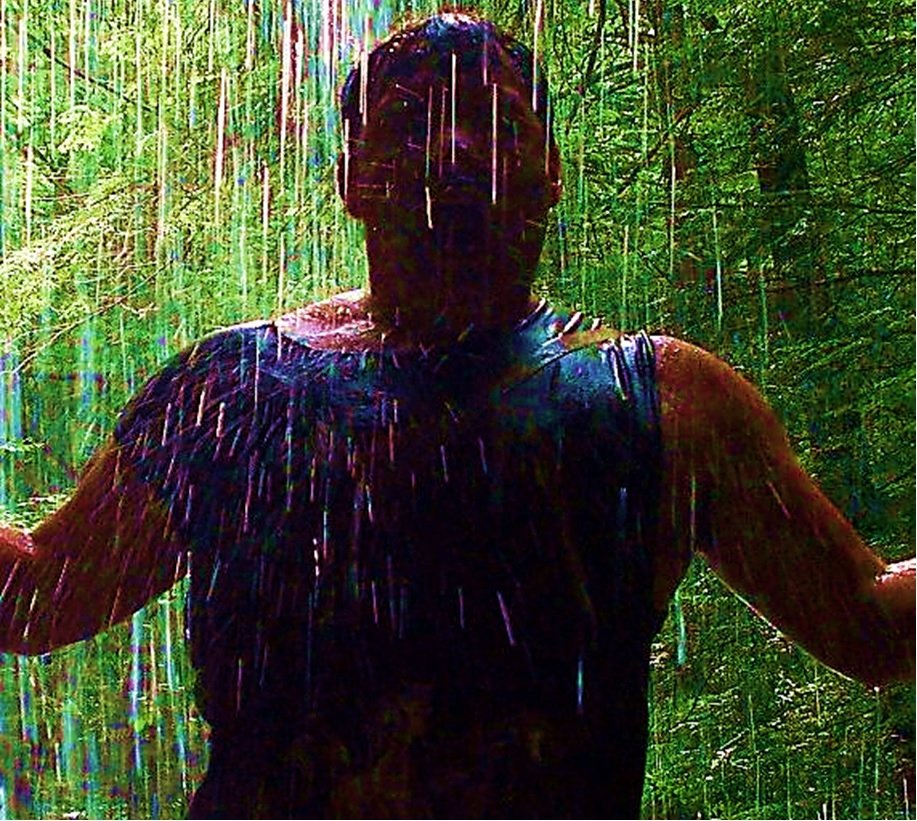Bubba Didn’t Do it…
Dark Night of the Scarecrow is directed by Frank De Felitta and written by J.D. Feigelson and Butler Handcock. It stars Charles Durning, Larry Drake, Tonya Crowe, Jocelyn Brando, Lane Smith and Claude Earl Jones. Music is by Glenn Paxton and cinematography by Vincent Martinelli.
Small town Americana and Bubba Ritter (Drake), a friendly but mentally challenged man, is falsely accused of attacking and severely injuring young Marylee Williams (Crowe). Four of the town residents, with hate and ignorance driving them on, hunt down Bubba and find him hiding as a scarecrow in a field. Murdering him, they claim self defence and walk free from court. It’s not long afterwards, though, that the men start to see a scarecrow in their midst…
Some things from movies just stay with you from when you were a wee youngster, I still remember the first time I heard the anguished cry of Bubba Ritter stating that he didn’t do the crime he was being hunted for. Dark Night of the Scarecrow stood out by some considerable mile as one of the best TV horror movies I saw as a youth, not for things that I would later appreciate in film making as I got older, but just for sheer terror of a scarecrow stalking his prey for divine retribution. How wonderful to revisit the movie three decades later and find that it is still one of the best TV horror movies out there.
Oh it doesn’t terrify now, though it still packs a sense of unease and keeps scarecrows firmly in the realm of creepyville, but it has a style so sorely lacking in many of today’s horrors. There is no need to bludgeon us with slash and stalk, showing us gore front and centre, the makers here are subtle, refusing even to put the scarecrow in the limelight like Michael or Jason. There’s a smart ambiguity about the supernatural elements, keeping the mystery element strong as the guilty men begin to crack and head towards their real judgement.
Simmering away nicely in the narrative is of course the vile stench of bigotry, and the pain inflicted by such narrow minds. There is also a dark thread left dangling that suggests one of the guilty men is impure of thoughts towards little Marylee, one of the very things he whipped up as reason to hound Bubba for. Some thought went into the screenplay, and it’s credit to the writers that it never becomes a moral crusade, while the crafting of the lovely innocent friendship between Bubba and Marylee is beautifully born out by actors and technicians alike.
Durning and Drake dominate the movie with classy shows, impressive in Drake’s case as he is only in it for a short amount of time, but the work of young Tonya Crowe puts her in the club that houses best child performances of the 80s. Her reactions to Bubba and Otis (Durning) naturally call for different human emotions, and she in turn nails the aspects of youthful innocence and mature awareness of who the monster actually is. The photography is textured, the music equally so, and there’s even some shards of humour and irony along the way.
I can imagine many of today’s horror fans going into Dark Night of the Scarecrow and being very disappointed not to get a Voorhees type movie, while some more sensitive viewers may find the portrayals of backwater folk as being ignorantly stereotyped by the makers. It isn’t for every horror fan, without a doubt, and clearly it’s not perfect, but to those who loved it back when it first showed, those who are jaded by how this type of sub-genre of horror has evolved into bloody overkill and remake/sequel hell, then Dark Night of the Scarecrow is in fact a minor classic. 8/10
Of Scarecrows and Men
Something horrible happens in a rural community and four yokels are haunted by their part in the tragic event. Their torment increases when mysterious things start occurring. Charles Durning stars as the lead hick, a mailman, while Larry Drake plays the mentally challenged Bubba. Jocelyn Brando is on hand as his mother.
"Dark Night of the Scarecrow" (1981) is a thriller/horror with good Halloween ambiance that mixes in “Of Mice and Men” (1939) and “To Kill a Mocking Bird” (1962). You could tell Stephen King was influenced by it for his “The Green Mile” (1999), but don’t expect a prison flick.
There’s an effective sense of small town good ol’ boys, albeit misled by one of their own, along with some powerful subtext and a conclusion that can be interpreted a few ways, providing food for thought. One of the themes concerns projecting one’s own negative issues on to an innocent person and situation.
This was originally released to television so don’t anticipate much gore. It doesn’t need it.
The film runs 1 hour, 36 minutes, and was shot in Piru, California, which is 24 miles due north of Malibu in the high country, a dozen miles west of Santa Clarita. The 2010 restored version (which is the version I viewed) adds a key 2-second scene regarding the farm tractor in the field at the end.
GRADE: B+/A-

